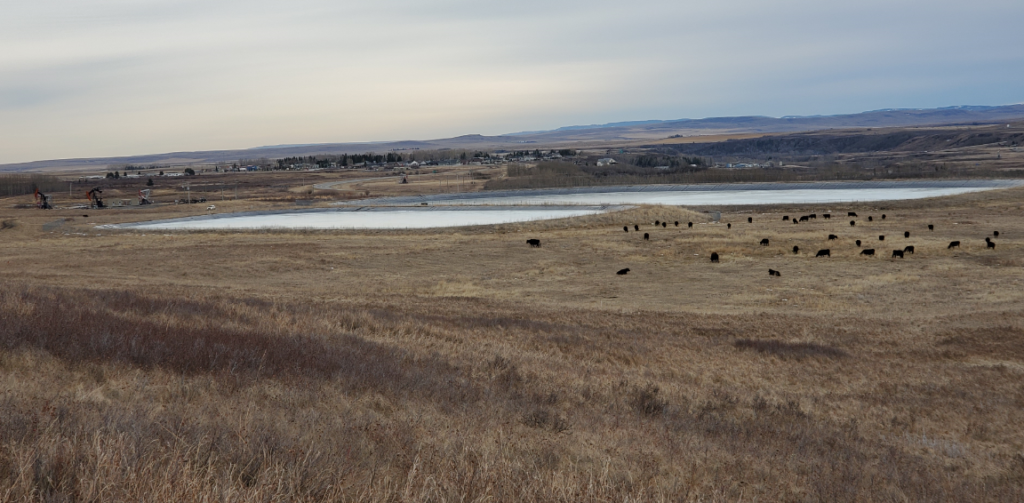This blog will dive into land use considerations for utility scale solar energy projects. The definition of ‘utility scale’ is generally open for debate. For this article, projects above 500kW are ‘utility scale’.
A question we often hear from the general public, landowners, and prospective clients is how much land do ground mounted solar projects require. The answer is inevitably “well, it depends”. In Canada a good rule of thumb that we use at the planning/origination stage, is about 5 acres of land per 1 MW of solar. Each site has unique characteristics such as slope and surrounding landscapes which may impact the design and the overall footprint of the project. We expect to see the size requirement to continue to decrease as panel efficiencies and output improve, and advancements are made in system design.
Now that we’ve established there is a considerable project footprint, we need to consider the impacts the project will have on the land, and whether the proposed project is compatible with the land. In the early assessment stage, some questions to consider are:
- Does the project suit its surroundings? Would the land use change considerably?
- Does the land need to be rezoned?
- Is the land environmentally sensitive or have historical/cultural significance?
- Is there existing electrical infrastructure nearby to connect the project to?
- Are there underground utilities that will impact project design?
Some of these questions can be answered easily, while others take time to delve into. Before a project gets to the planning and zoning departments it goes through the project owner’s internal assessment, which looks at these questions and many more. The project will be designed and engineered in most cases to be in operation for 35 years; therefore, a lot needs to be considered before building a project.
Land is valuable and finite. Planning authorities, utility commissions and environmental authorities who approve ground mounted solar facilities ought to strongly consider the suitability of a project’s chosen site and look at applications as objectively as possible.
There are a growing number of large utility scale solar projects (above 100MW) in development and construction across in North America. Projects of this scale substantially transform large tracts of land. A project in Eastern USA is clear cutting thousands of acres of forests in order to proceed. In our view, this is not a good land use example for a new utility scale solar project. Forests provide countless ecosystem benefits and, though there is an immediate need for more clean energy, it is hard to conceive why it would be necessary to clear cut thousands of acres of forest. Projects like this suffer from poor, short-sited planning and development. Blue Harp Consulting is an advocate for utility scale solar, but only when siting is done appropriately and when good land use principles are practiced.
Every solar project will have some disturbance on the land, this is unavoidable. Sometimes trees may need to be cut down during construction (but should be replaced elsewhere on the site or nearby). Limiting the negative development and construction impacts of solar projects on land should be of utmost importance to all project stakeholders and particularly the local planning and utility approval authorities.
Blue Harp Consulting has experience analyzing potential project locations throughout Canada and the United States and can efficiently identify a site’s suitability for a ground mounted solar project. We support both local planning/approval authorities as well as project developers.
If you would like to ensure your organization invests in, develops, or approves utility scale solar energy projects that focus on good land use practices and aims to make positive social and environmental contributions, please contact Blue Harp Consulting. It may come to light that projects have more financial upside when social and environmental benefits are put first rather than last.
Do you have questions about our consulting services or blog post? Connect with Dave via email at: dcarscadden@blueharpconsulting.ca
Blog written by: Dave Carscadden, CEO – Blue Harp Consulting (Blue Harp Consulting)
![]()
